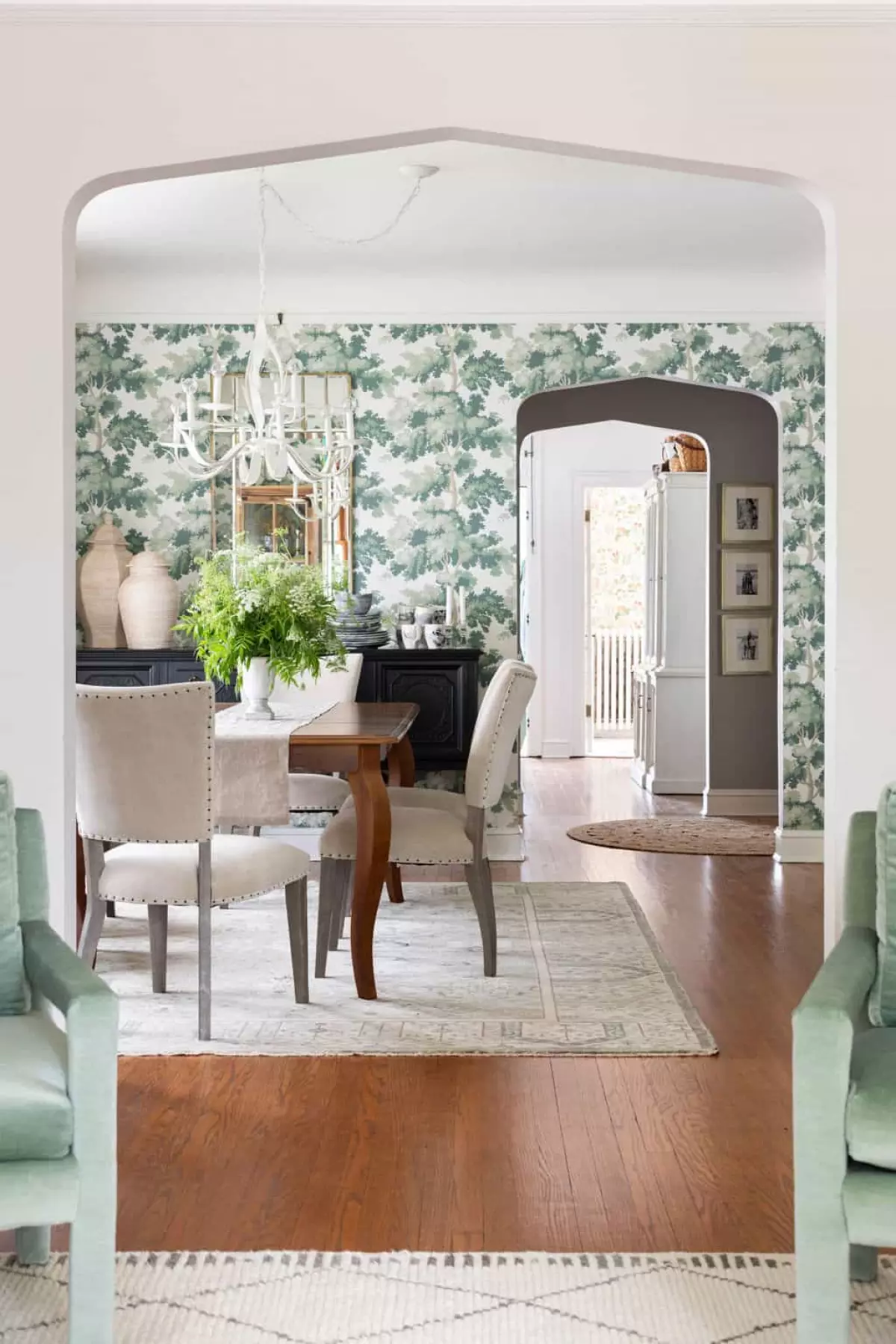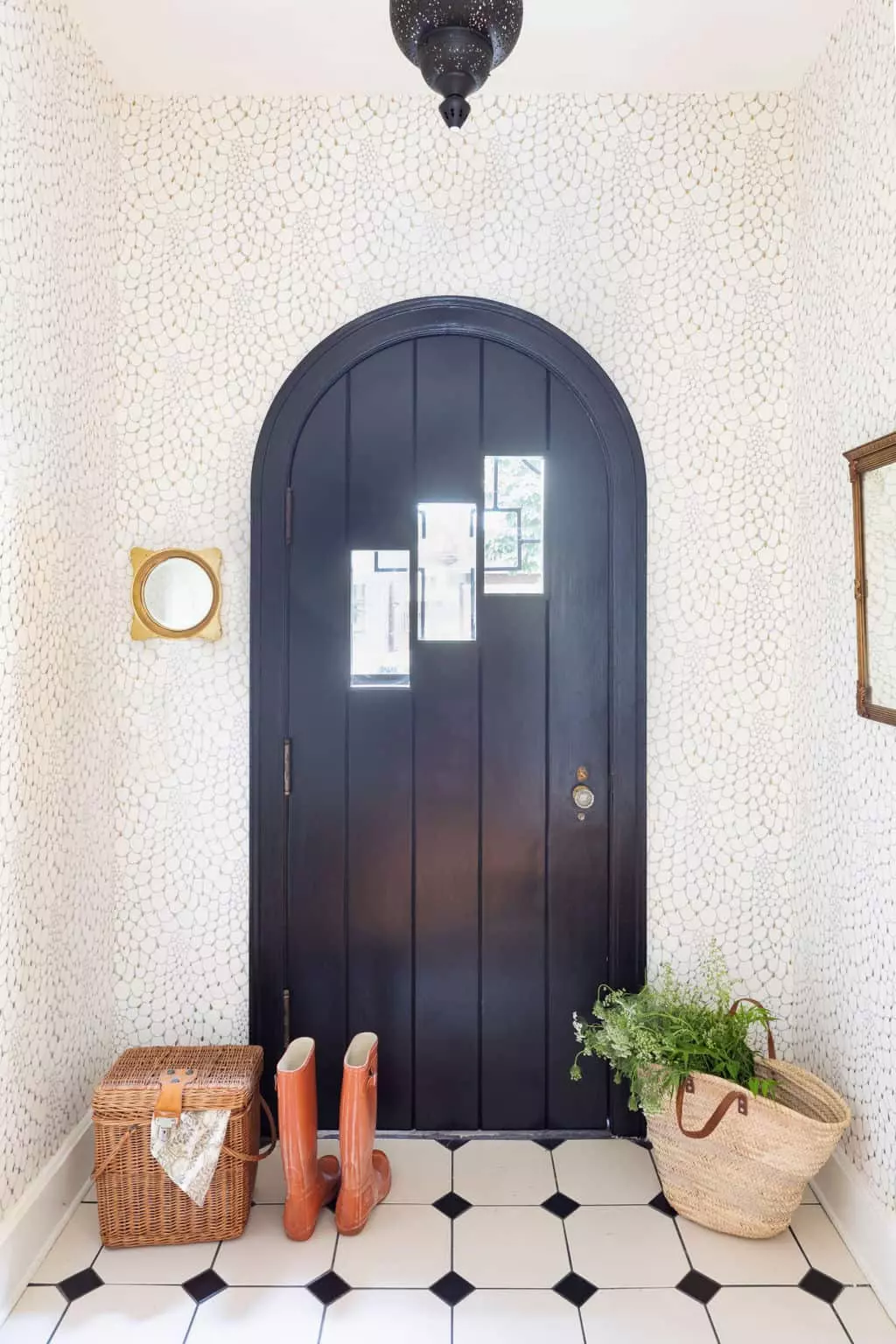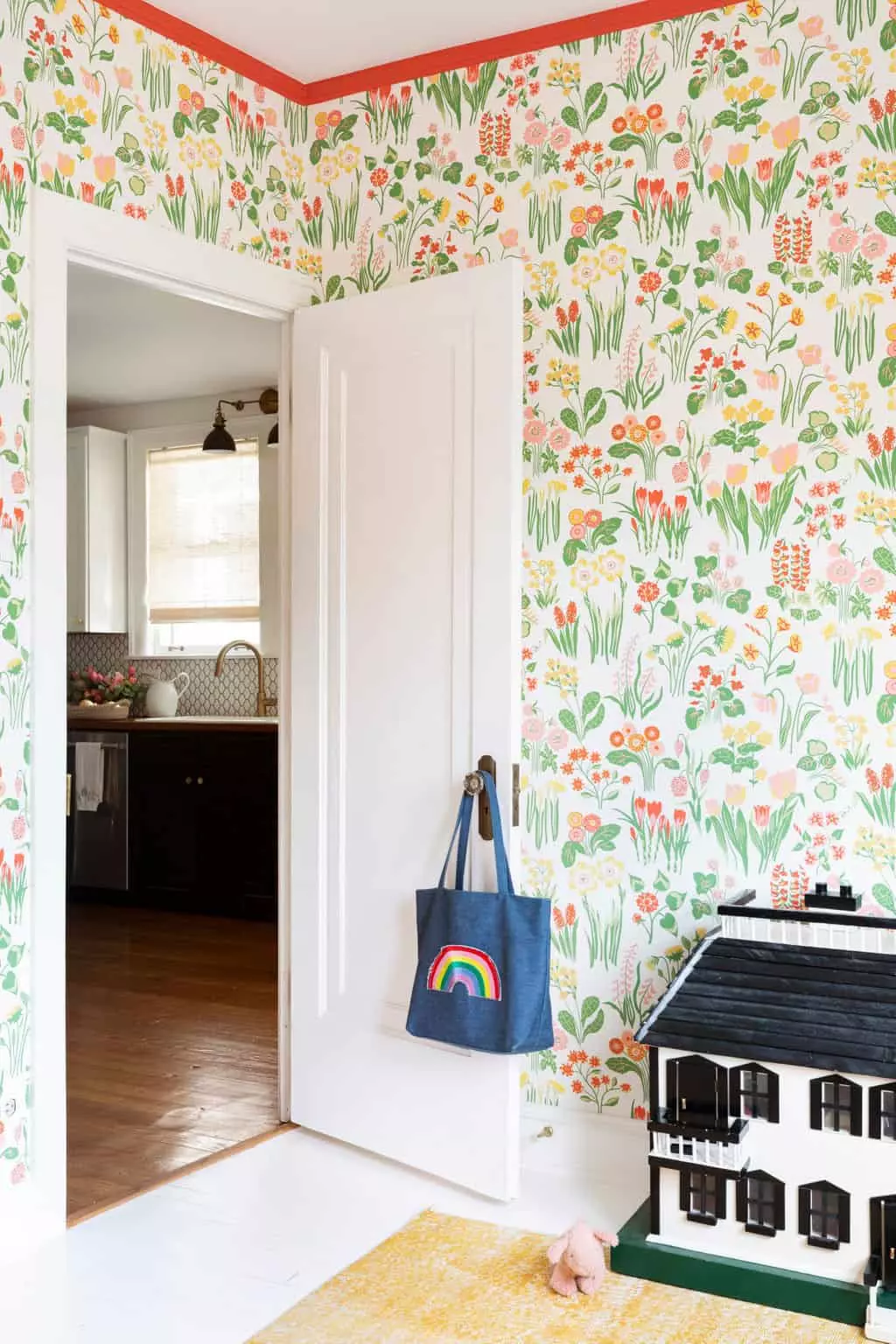Your home's architecture holds a story, and that story can greatly influence your design choices. While your personal style may evolve over time, the architectural elements and era in which your home was built provide a solid foundation for your design decisions. By understanding and embracing the architectural details, you can create a harmonious space that honors the past while injecting new life into the design.
First, Explore and Discover
Before diving into any design choices, embark on a fact-finding mission to uncover the history of your home. Here's how you can get started:
Look up the year and architect of your home
By researching the year your house was built and the architect behind it, you can gain insights into the style and features of your home. Go a step further and explore the historical context of that time period. Understanding the influences that shaped the architecture will provide a deeper appreciation for your home's unique character.
Observe every detail
Take a thorough walk-through of your home and pay attention to the intricate details. Look for original moldings, unique hardware, ceiling designs, or stained glass windows that are true to the time period or architect's style. For example, if your home was designed by Frank Lloyd Wright, delve into his portfolio and discover what inspired his architectural choices.
Consider Hard Goods and Surfaces
Now that you're equipped with knowledge about your home's history and details, it's time to put that information to use. The key to creating a thoughtful design lies in harmonizing with your home's architecture and roots. This doesn't mean everything needs to look old-fashioned; it's about finding a balance that resonates with you.
When considering the hard goods, focus on the more permanent aspects of your home such as architecture, tile, lighting, and cabinetry. Determine whether you want to accentuate the original details or opt for a more modern aesthetic with clean lines. Whichever direction you choose, ensure consistency throughout your home to create a harmonious flow.
Ask Yourself These Questions
- Will you paint the original trim? You can choose to paint certain trims white while leaving others, like stained glass window trim, in their original wooden state to honor the home's character.
- Will you opt for recessed or overhead lighting? To maintain the integrity of a historic home, consider using can lights sparingly and with intention, so as not to stray too far from the time period.
- Will you incorporate colors and tile patterns from the era? Drawing inspiration from the designs of your home's time period can help create a cohesive atmosphere. While you don't have to replicate everything exactly, incorporating modern homages to certain details will tie the space together.
To illustrate the integration of true-to-era hard goods, take a look at this beautiful home in Chicago's Bucktown neighborhood. This 1891 property, formerly a rectory located across from a church, features a vintage church door and exposed brick to honor its historical significance. By incorporating modern furnishings, the design remains fresh and vibrant.
 Vintage church door used as a primary bedroom door, alongside exposed brick.
Vintage church door used as a primary bedroom door, alongside exposed brick.
Choose Your Soft Goods or Furnishings
Soft goods refer to the furnishings that you'll add to your home. There's a spectrum of choices when it comes to blending old and new styles, and the decision ultimately depends on your personal taste. Consider the following approaches:
- Time capsule: Select items that transport you to the original era of your home, creating a nostalgic ambiance.
- Mix old with new: Introduce a few older pieces alongside newer ones to create an eclectic and balanced aesthetic.
- Bold contrasts: Embrace the juxtaposition of modern furnishings in an old home, highlighting the architectural details and moldings.
- The perfect mix: A consultation with an interior designer can help you strike the ideal balance between old and new, guiding you on what elements may benefit from a contemporary touch and what should be preserved in its original form.
In my own bungalow, I paid homage to its era by incorporating Hollywood Regency and Art Deco shapes and finishes. The diamond motifs, brass sconces, and a black-and-white entry tile nod to the home's historical roots. I also honored the original architecture by recreating arched passageways that were missing before, enhancing the flow and character of the space.
 Hollywood Regency and Art Deco shapes and finishes in a bungalow.
Hollywood Regency and Art Deco shapes and finishes in a bungalow.
 Recreated arched passageway in a bungalow.
Recreated arched passageway in a bungalow.
What questions do you have about how the architecture of your home should inform your design? Share your thoughts and preferences in the comments below or get in touch with Centered by Design to discuss how we can help bring your design vision to life.









